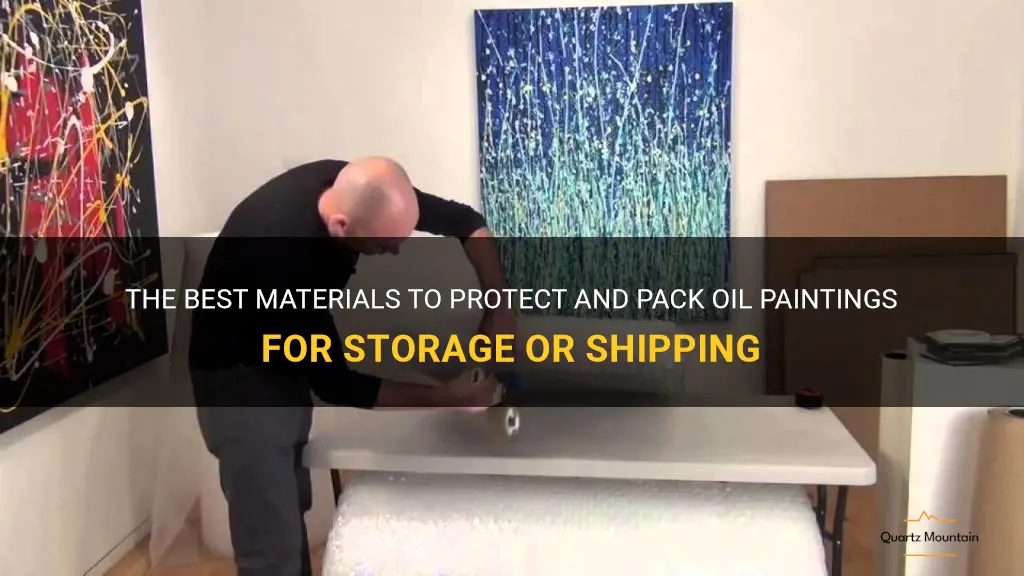
When it comes to safeguarding precious oil paintings during storage or shipping, using the best materials is essential. Not only do these materials provide ultimate protection to the delicate artwork, but they also help maintain the integrity and beauty of the paintings. From acid-free packaging materials to sturdy and reliable crates, there are various options available that ensure safekeeping for these valuable masterpieces. In this article, we will explore some of the best materials to protect and pack oil paintings, providing peace of mind to artists, collectors, and galleries alike.
| Characteristics | Values |
|---|---|
| Material | Acid-free materials |
| Protection | Glass or Plexiglass |
| Support | Sturdy backing |
| Padding | Bubble wrap |
| Seal | Tape or adhesive |
| Labeling | Fragile stickers |
| Size | Custom size boxes |
| Storage | Climate-controlled |
| Insurance | Adequate coverage |
| Handling | Careful lifting |
| Transportation | Secure packaging |
| Documentation | Itemized inventory |
What You'll Learn
- What materials should I use to protect the surface of an oil painting during packing?
- Is it necessary to cover an oil painting with glass or plexiglass when packing it for storage or transportation?
- Can I use acid-free tissue paper or bubble wrap to layer between oil paintings when packing them?
- Are there any specific precautions I should take when packing oil paintings with delicate or textured surfaces?
- Should I wrap oil paintings in plastic or a breathable material for long-term storage or during transit?

What materials should I use to protect the surface of an oil painting during packing?
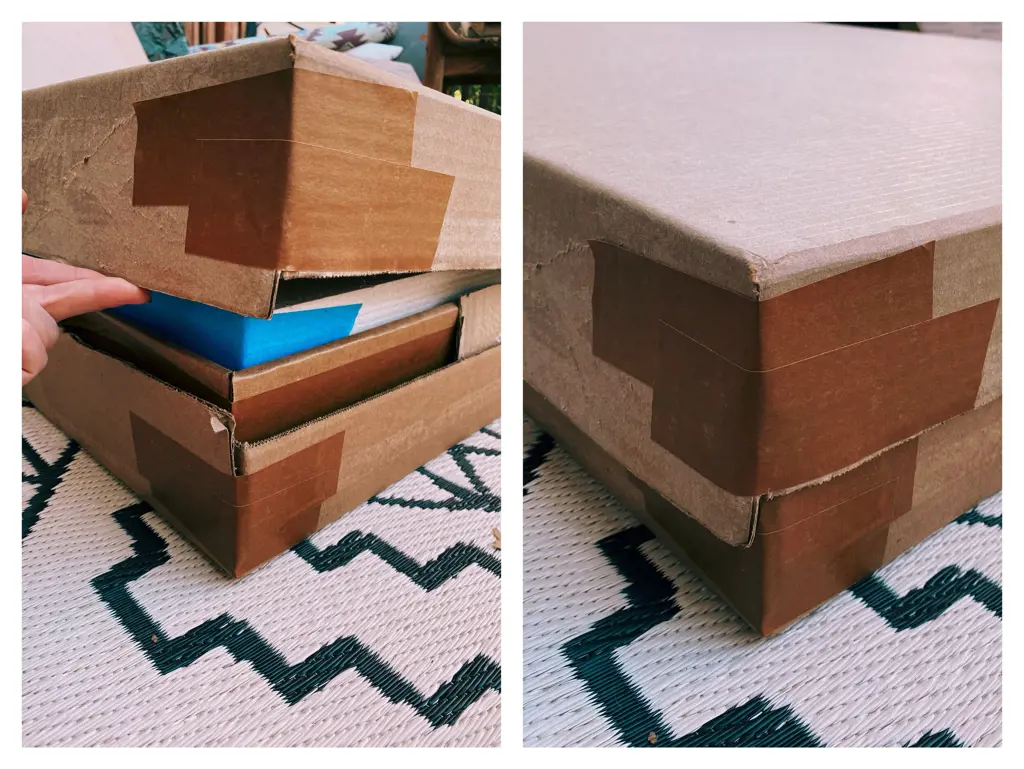
When it comes to protecting the surface of an oil painting during packing, it is crucial to use the right materials and techniques to ensure the artwork remains safe and intact. The following guide will provide you with the necessary information on what materials to use for this purpose.
- Glassine Paper: Glassine paper is a highly recommended material for protecting the surface of an oil painting. It is a smooth, translucent paper that is acid-free and non-abrasive. It provides a barrier against dust, moisture, and other potential hazards during transportation. Place the glassine paper directly on the surface of the painting, ensuring complete coverage.
- Acid-Free Tissue Paper: Acid-free tissue paper can be used as an additional layer of protection. It helps to prevent any direct contact between the painting and other packaging materials. Wrap the painting gently in the tissue paper, securing it with tape or rubber bands.
- Bubble Wrap: Bubble wrap is a widely used packaging material for added protection. It provides cushioning and absorbs shock during transit. Wrap the painting in several layers of bubble wrap, making sure all corners and edges are covered. Secure the bubble wrap with tape to keep it in place.
- Foam Corners and Pads: Foam corners and pads are essential for protecting the frame and edges of the painting. They provide extra support and prevent any accidental bumps or scrapes. Place foam corners on the frame and secure them with tape. Use foam pads to cover any exposed edges of the painting.
- Cardboard or Hardboard: To ensure the painting stays flat and rigid during packing, use a piece of sturdy cardboard or hardboard as backing. This will minimize the risk of the canvas or panel bending or warping. Place the painting face down on the cardboard or hardboard and secure it with tape or straps.
- Custom-Made Crate: For maximum protection, consider using a custom-made wooden crate for shipping the oil painting. The crate should be constructed using high-quality wood and provide a secure and cushioned environment for the artwork. Line the crate with foam padding or packing peanuts to add an extra layer of protection.
- Handling and Storing: When handling and storing the packed painting, it is crucial to take precautions to avoid any damage. Always carry the artwork with clean hands and avoid touching the surface. Store the painting in a cool and dry environment, away from direct sunlight and extreme temperatures.
In summary, protecting the surface of an oil painting during packing requires a combination of materials such as glassine paper, acid-free tissue paper, bubble wrap, foam corners and pads, cardboard or hardboard, and a custom-made crate. By following the steps outlined above and taking proper care during handling and storage, you can ensure that your oil painting arrives at its destination in pristine condition.
Essential Items to Pack for a Trip to West Africa
You may want to see also

Is it necessary to cover an oil painting with glass or plexiglass when packing it for storage or transportation?
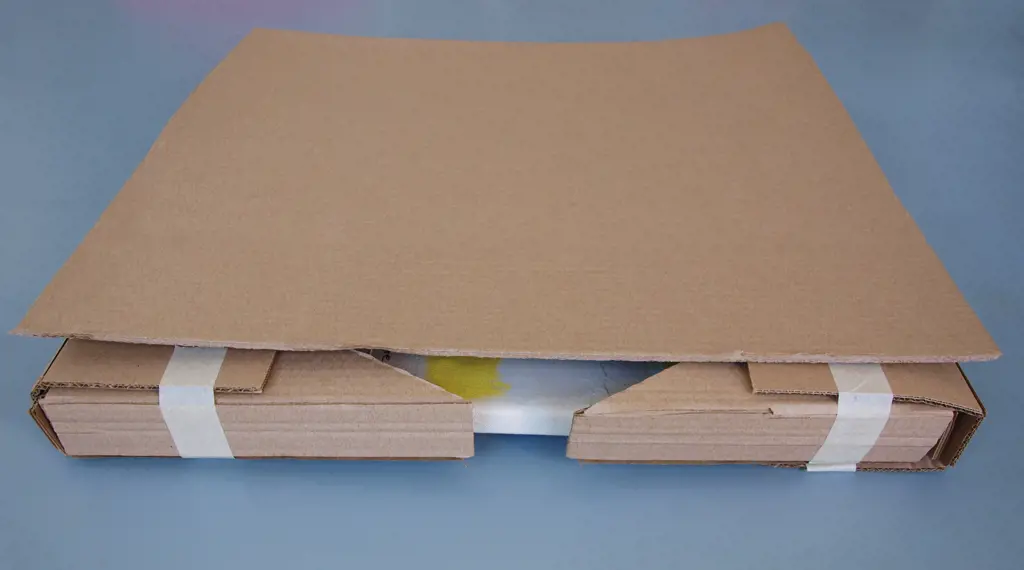
When it comes to storing or transporting an oil painting, it is important to take proper care to ensure its safety and preservation. One question that often arises is whether it is necessary to cover an oil painting with glass or plexiglass during these processes. The answer to this question depends on a variety of factors, including the type of painting, its condition, and the specific circumstances of storage or transportation.
In general, it is not necessary to cover an oil painting with glass or plexiglass for storage or transportation. In fact, doing so can sometimes cause more harm than good. Oil paintings need to breathe, and covering them with a non-breathable material can trap moisture and lead to the growth of mold and mildew. Additionally, glass or plexiglass can put pressure on the paint surface, leading to cracking or flaking.
However, there are some situations where covering an oil painting with glass or plexiglass may be beneficial. For example, if the painting has delicate or protruding elements, such as thick impasto, that could be easily damaged during transport, a protective covering may be necessary. In these cases, it is important to use a material that is non-abrasive and can be easily removed without causing damage to the paint surface.
If you do choose to cover an oil painting with glass or plexiglass, there are certain precautions you should take. First, make sure the painting is completely dry and free from any moisture or contaminants before covering it. Any residual moisture can become trapped and cause damage to the paint surface. Second, use a spacer or matting to create a gap between the painting and the cover to allow for air circulation. Finally, avoid sealing the edges of the cover completely, as this can also hinder airflow.
In some cases, it may be more appropriate to use a temporary cover, such as acid-free tissue paper or a breathable fabric, instead of glass or plexiglass. These materials can provide some protection without trapping moisture or putting pressure on the paint surface. It is important to consult with a professional conservator or art handler to determine the best method of protecting your specific oil painting during storage or transportation.
In conclusion, while it is not necessary to cover an oil painting with glass or plexiglass for storage or transportation, there are certain situations where a protective covering may be warranted. It is important to carefully consider the condition of the painting, the specific circumstances of storage or transportation, and to consult with a professional if unsure. Taking proper care to protect your oil painting can ensure its longevity and preserve its beauty for years to come.
Essential Gear and Supplies for Canoe Camping Adventures
You may want to see also

Can I use acid-free tissue paper or bubble wrap to layer between oil paintings when packing them?
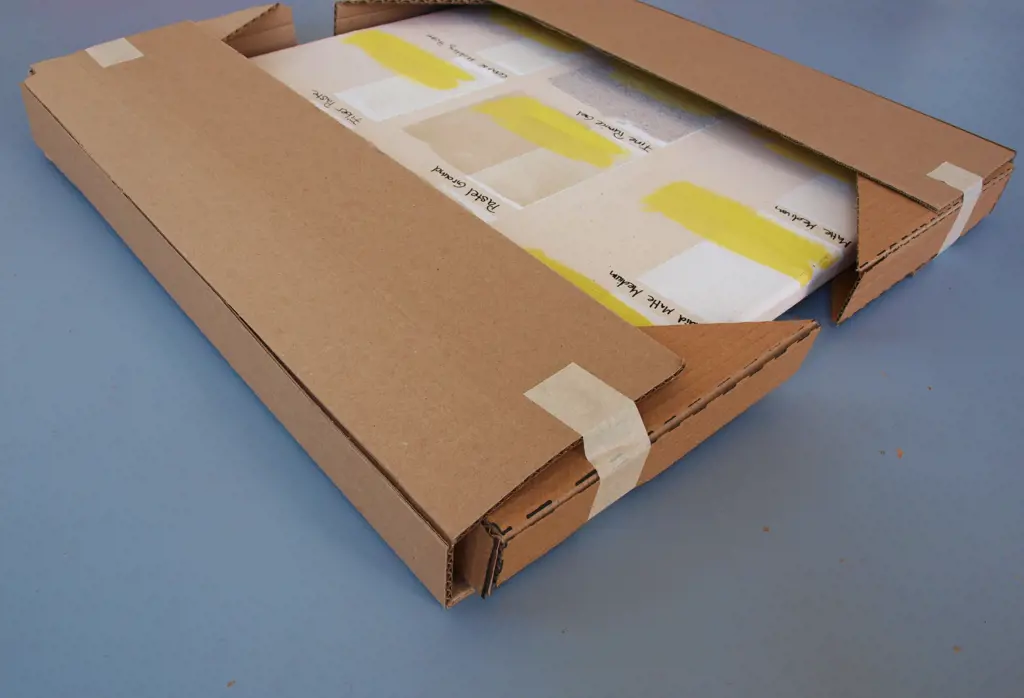
When it comes to packing and shipping oil paintings, it's crucial to take the necessary precautions to ensure their safe transportation. One common question that arises is whether it's safe to use acid-free tissue paper or bubble wrap to layer between oil paintings when packing them. While both acid-free tissue paper and bubble wrap can be useful in certain situations, they may not be the best options for protecting oil paintings.
Oil paintings are delicate and susceptible to damage if not properly handled. The primary concern when packing oil paintings is to prevent any contact with moisture, as it can cause the paint to lift or create mold growth. Acid-free tissue paper is indeed a suitable choice for protecting oil paintings, as it prevents direct contact between the painting's surface and other materials. However, it may not provide adequate cushioning to protect against impact or pressure during transit.
On the other hand, bubble wrap is a popular choice for packing and shipping due to its excellent shock absorption properties. The air-filled bubbles create a protective layer that absorbs shocks and prevents damage caused by impact. However, bubble wrap is not recommended for direct contact with oil paintings. The plastic material can create a static charge that may attract dust particles onto the painting's surface or even cause the paint to stick to the plastic. It's essential to avoid any direct contact between the bubble wrap and the painting.
To properly pack oil paintings for safe transportation, it's recommended to follow a step-by-step process that combines the use of acid-free tissue paper and additional protective materials. Here's a guide to packing oil paintings:
- Clean the painting: Before packing, ensure that the painting's surface is clean and free from any dust or debris. Use a soft, dry brush or a lint-free cloth to gently remove any loose particles.
- Protect the surface: Place a clean sheet of acid-free tissue paper over the front of the painting. This helps provide a barrier between the painting's surface and any other materials used in the packing process.
- Create a cushioning layer: Place a foam board or a piece of corrugated cardboard slightly larger than the painting over the tissue paper. This adds an additional layer of protection and helps distribute any external pressure evenly.
- Secure the corners: To prevent any shifting or movement during transit, use acid-free artist tape to secure the tissue paper and foam board/corrugated cardboard at the corners of the painting.
- Wrap the painting: Carefully wrap the entire painting (including the protected surface) with bubble wrap. Ensure that the bubble side is facing away from the painting, preventing direct contact.
- Seal the package: Finally, place the wrapped painting in a suitable-sized cardboard box. Fill any empty spaces with packing peanuts or crumpled acid-free paper to prevent movement during transit. Seal the box securely with packaging tape.
- Label and address: Clearly label the package as fragile and indicate the orientation (e.g., "This side up"). Include the sender's and recipient's addresses and contact information.
By following these steps, you can provide adequate protection for your oil paintings during packing and shipping. Remember to choose the right materials, such as acid-free tissue paper and foam board/corrugated cardboard, to ensure the preservation of your valuable artwork.
Essential Items to Pack for Your Trip to Colombia
You may want to see also

Are there any specific precautions I should take when packing oil paintings with delicate or textured surfaces?
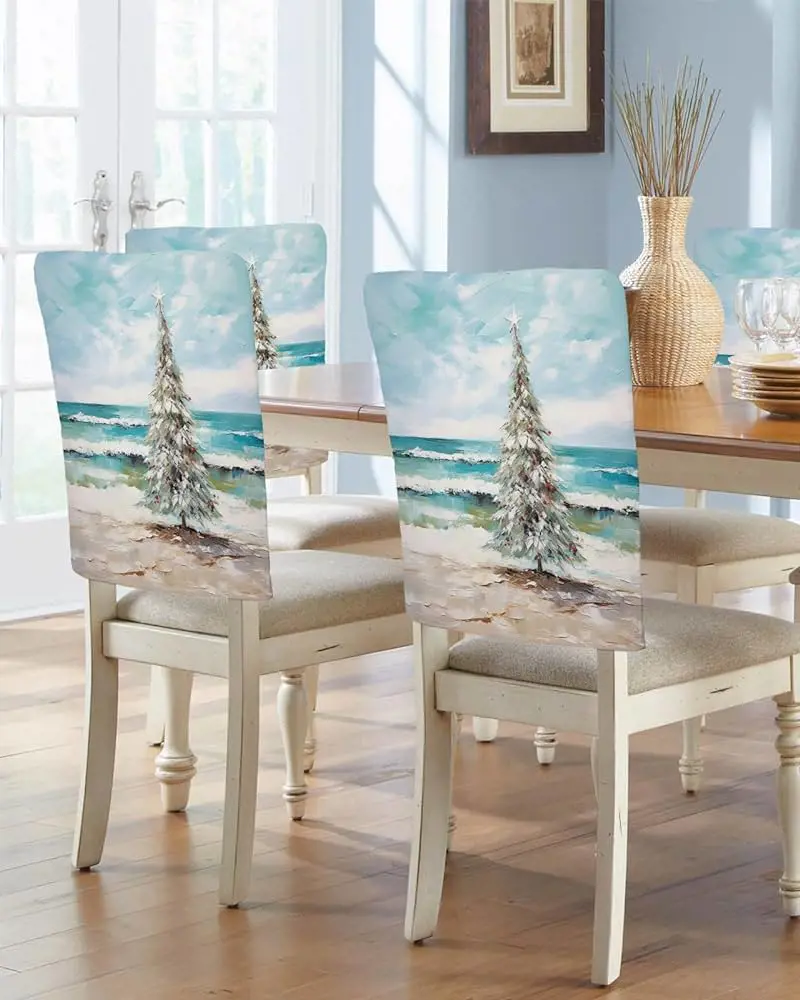
When it comes to packing and transporting oil paintings with delicate or textured surfaces, there are some specific precautions you should take to ensure their safe handling. Oil paintings can be quite fragile, and any mishandling during the packing process can result in damage to the delicate or textured surfaces. Here are some steps and precautions to follow when packing oil paintings:
- Clean the painting: Before packing, make sure the painting is clean and free from any dirt or dust. Use a soft brush or a lint-free cloth to gently remove any loose particles from the surface. Avoid using any harsh cleaning agents or solvents, as they can damage the painting.
- Protect the surface: If the oil painting has delicate or textured surfaces, it is crucial to protect them during the packing process. One way to do this is by using a sheet of acid-free glassine paper. Place the glassine paper over the painting's surface, ensuring that it covers all areas. This will provide a protective barrier against any potential damage during transportation.
- Frame the painting: If the oil painting is not already framed, it is advisable to frame it before packing. A well-built frame can provide additional support and protection to the delicate or textured surfaces. Make sure the frame is sturdy and fits the painting properly. Consider using a frame with a protective glass cover for added security.
- Use corner protectors: One of the most vulnerable parts of an oil painting during transportation is the corners. To prevent any damage to the delicate or textured surfaces, use corner protectors. These can be made of foam, cardboard, or specially designed corner protectors available in art supply stores. Place the corner protectors on each corner of the painting, securing them with masking tape if necessary.
- Wrap the painting securely: Once the painting is framed and protected with glassine paper and corner protectors, it is time to wrap it securely. Start by wrapping the entire painting in acid-free tissue paper or bubble wrap. Make sure the corners, edges, and delicate or textured surfaces are adequately covered.
- Choose a suitable packing material: When it comes to packing oil paintings, it is crucial to use the right packing material to ensure their safe transportation. Opt for a sturdy cardboard box that can accommodate the size of the painting without putting too much pressure on it. Line the box with acid-free tissue paper or bubble wrap to provide cushioning.
- Position the painting in the box: Carefully place the wrapped painting inside the box, ensuring it is well-centered. Fill any remaining voids in the box with additional packing material, such as foam peanuts or bubble wrap, to prevent the painting from moving during transit.
- Seal the box securely: Once the painting is correctly positioned in the box, seal it securely using strong packing tape. Reinforce the edges and corners of the box with extra tape to prevent it from opening during transportation.
- Label the box: Clearly label the box as "Fragile" and "This Side Up" to ensure proper handling. It is also a good idea to include your contact information on the box in case any issues arise during shipment.
By following these steps and taking the necessary precautions, you can pack oil paintings with delicate or textured surfaces safely and securely for transportation. Remember, the key is to provide adequate protection to the surfaces while ensuring the painting is properly secured in a sturdy box.
Punk Tour Essentials: Your Ultimate Packing Guide
You may want to see also

Should I wrap oil paintings in plastic or a breathable material for long-term storage or during transit?
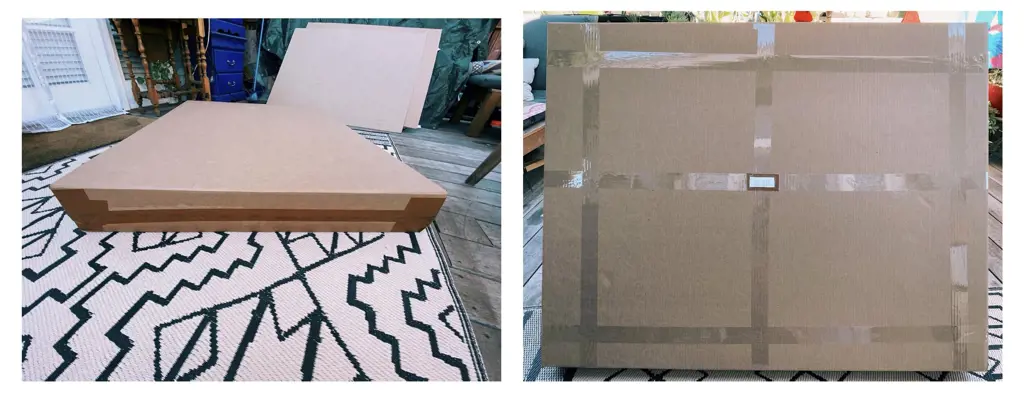
When it comes to storing or transporting oil paintings, it is important to take proper care to minimize the risk of damage. One important consideration is whether to wrap the paintings in plastic or a breathable material. While both options have their advantages and disadvantages, it is generally recommended to use a breathable material for long-term storage or during transit.
Oil paintings need to be able to breathe because they are susceptible to changes in temperature and humidity. If a painting is tightly wrapped in plastic, it can trap moisture and condensation, which can lead to the growth of mold and mildew. The trapped moisture can also cause the paint to crack or become soft, leading to permanent damage.
On the other hand, using a breathable material allows the painting to aerate and prevent the accumulation of moisture. Breathable materials, such as acid-free tissue paper or unbleached cotton, allow for air circulation while providing some protection against dust and minor abrasions. These materials are less likely to transfer any chemicals or residues onto the painting, which could potentially harm the artwork.
To properly wrap an oil painting for storage or transit, follow these steps:
- Start by cleaning the painting with a soft, lint-free cloth to remove any dust or dirt. Avoid using any cleaning solutions or liquids, as they can damage the paint.
- Once the painting is clean, place a layer of acid-free tissue paper or unbleached cotton over the front of the painting. This will help protect the surface from any potential scratches or abrasions.
- Carefully wrap the painting in several layers of bubble wrap, ensuring that all corners and edges are adequately covered. Bubble wrap provides cushioning and protection against impact during transit or storage.
- Next, place the wrapped painting in a sturdy cardboard box that is slightly larger than the painting. Insert additional padding, such as foam or bubble wrap, to fill any empty space and prevent the painting from shifting during transit.
- Finally, seal the box securely with packing tape and label it with appropriate handling instructions, such as "fragile" or "this side up."
It is important to note that oil paintings should be stored in a cool, dry environment with stable temperature and humidity levels. If possible, avoid storing artwork in areas prone to extreme temperature fluctuations or high humidity, such as basements or attics. Additionally, it is always recommended to consult with a professional art handler or conservator for specific guidance on the proper storage and transportation of valuable or delicate artwork.
In conclusion, when it comes to long-term storage or transit, it is best to wrap oil paintings in a breathable material rather than plastic. Using a breathable material allows for proper air circulation and helps prevent moisture buildup, which can lead to mold, mildew, and damage to the paint. Following proper wrapping and storage procedures will help ensure the preservation of oil paintings for years to come.
Essential Items to Include in Your Bug Out Bag for Your Furry Friend
You may want to see also
Frequently asked questions
When packing oil paintings, it is essential to protect them from any potential damage. One of the best options is to use acid-free glassine paper. This archival material acts as a barrier, preventing the paint surface from sticking to anything it comes in contact with. It is also non-abrasive and will safeguard the painting from dust, moisture, and other harmful elements.
To secure the glassine paper, you can use acid-free framing tape or painter's tape. Place small strips of tape along the edges of the glassine paper, ensuring that it adheres to the edges of the painting without touching the painted surface. This will keep the protective layer securely in place during transportation.
While bubble wrap provides cushioning and can be used to wrap the overall package, it is generally not recommended to place it directly on top of the oil painting. The texture of bubble wrap can potentially leave imprints on the paint surface if pressure is applied. Instead, it is better to lay the wrapped painting flat inside a sturdy box, and then use bubble wrap or other padding materials around the painting to further cushion and protect it during transit.







